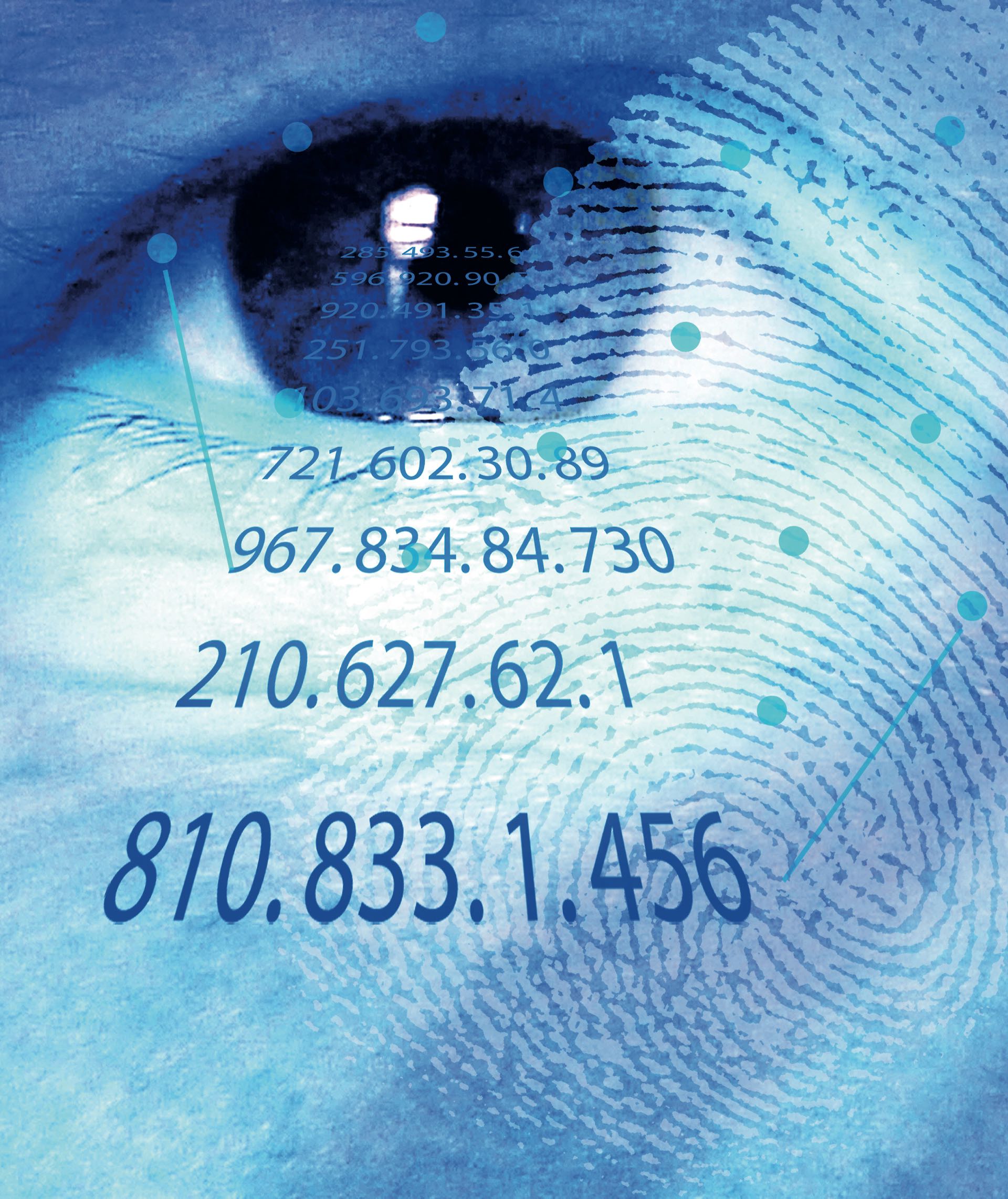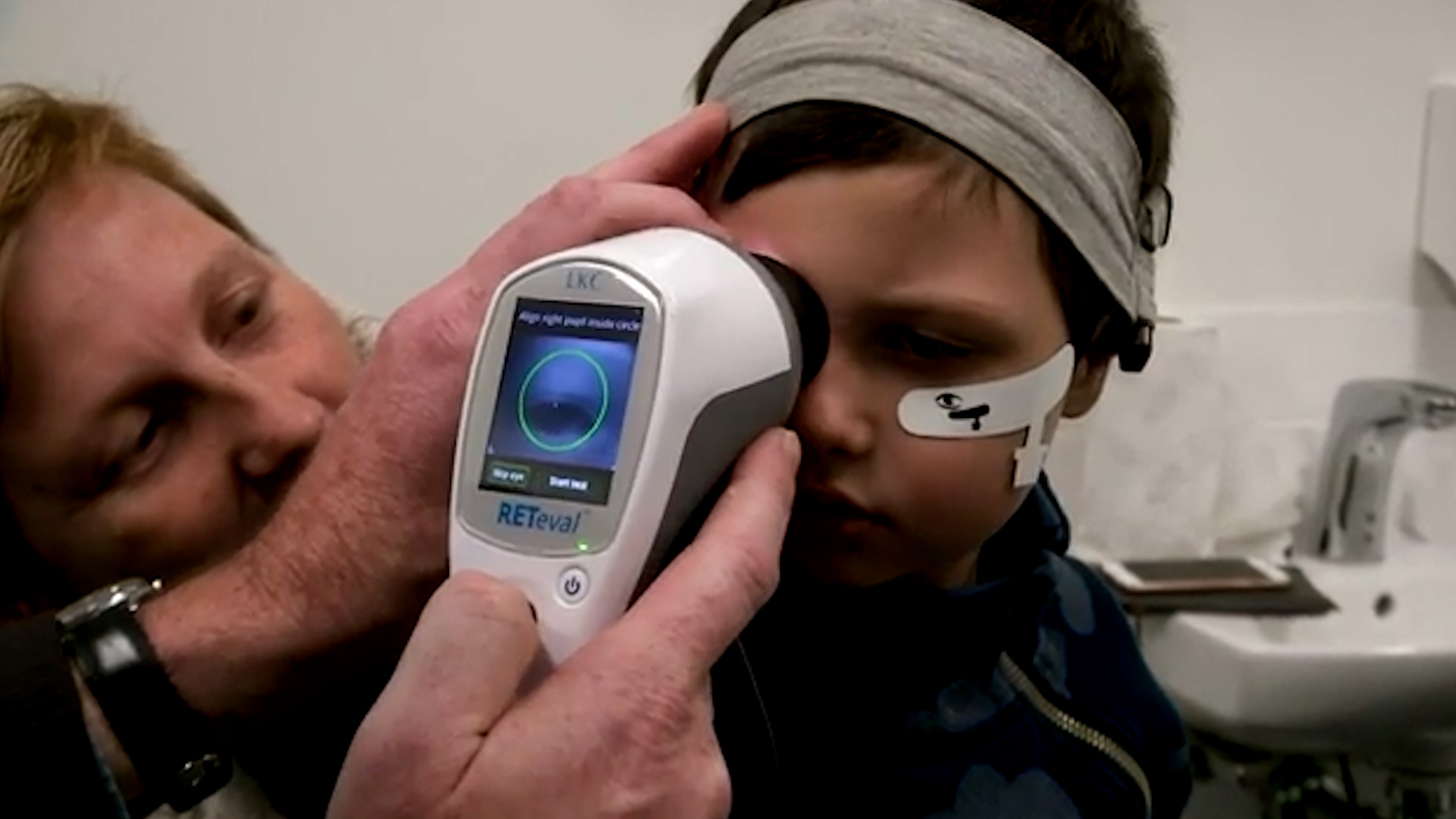
An artificial intelligence system is able to identify the biological sex of people just by reading their eyes. This is a development based on a deep learning or deep learning model, which was trained on 84,743 retinal background photos from the UK Biobank dataset, as published on ResearchGate.
Thanks to that training, the system, which was developed by doctors, learned and was able to predict quite accurately the photos of the retinas.
The model worked significantly worse when foveal pathology (a macular disorder characterized by decreased visual acuity) was present in the external validation dataset. In these cases, the accuracy was 69.4%, compared to 85.4% in healthy eyes, suggesting that the fovea, which is in the center of the macula, is an important region for the performance of the deep learning model.
What is the relevance of this type of model? If a correlation could be identified between the characteristics of the retinas, the sex assigned and the development of certain pathologies, better diagnostic tools could be developed and therefore treatment and preventive methods could be optimized.
Machine learning (AutoML) can identify new biomarkers of diseases that would help to obtain better diagnoses in the future. “Deep learning can transform healthcare,” the article highlights.

As to why it was chosen, in this machine learning model to study the retina, the report highlights that it is the only tissue in the body where nerve and vascular tissue can be visualized simultaneously in a non-invasive way. “Ophthalmologists have been doing this since the ophthalmoscope was introduced into clinical practice in the mid-19th century,” he says.
On the other hand, it has been shown over the years that retinal biomarkers can effectively map systemic indices of healthy aging and disease. In this sense, it is a good element to take as a starting point for the development of AI models in the field of ophthalmology, among other areas of medicine.
A retinal test could detect autism spectrum disorders
A year ago, it became known that a Hong Kong scientist developed a method for using artificial intelligence (AI) and machine learning to scan retinas of six-year-old children and thus detect conditions that fall within autism spectrum disorders.

According to the World Health Organization (WHO), it is estimated that 1 in 160 children suffer from Autism Spectrum Disorder, that is, approximately 1% of the population. Autism is a neurological condition that affects people's behavior, their social interaction, and their communication and learning skills.
Eye scanning of the retina may allow early detection and thus anticipate treatment for children. His method uses a high-resolution camera with software that analyzes a combination of factors, including the layers of fibers and blood vessels in the eye. Technology can be used to identify children at risk for autism and incorporate them into early treatment programs for autism spectrum disorder (ASD).
Professor Zee's technology was tested on 70 children: 46 with autism and a pre-treatment control group of 24. Children with autism were identified 95.7% of the time. The average age examined was 13 years old, with the youngest being six years old. Zee's findings have been published in EclinicalMedicine, a medical journal.
KEEP READING:
Últimas Noticias
Debanhi Escobar: they secured the motel where she was found lifeless in a cistern
Members of the Specialized Prosecutor's Office in Nuevo León secured the Nueva Castilla Motel as part of the investigations into the case

The oldest person in the world died at the age of 119
Kane Tanaka lived in Japan. She was born six months earlier than George Orwell, the same year that the Wright brothers first flew, and Marie Curie became the first woman to win a Nobel Prize

Macabre find in CDMX: they left a body bagged and tied in a taxi
The body was left in the back seats of the car. It was covered with black bags and tied with industrial tape
The eagles of America will face Manchester City in a duel of legends. Here are the details
The top Mexican football champion will play a match with Pep Guardiola's squad in the Lone Star Cup

Why is it good to bring dogs out to know the world when they are puppies
A so-called protection against the spread of diseases threatens the integral development of dogs




